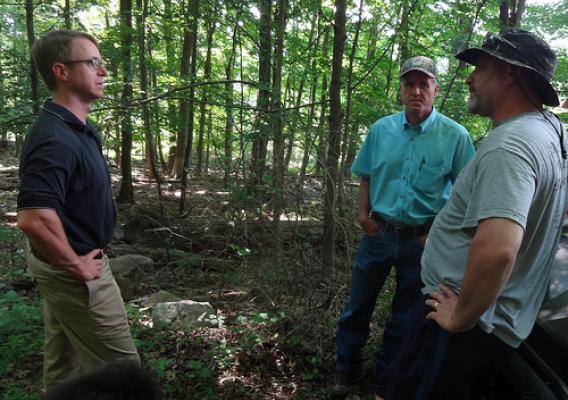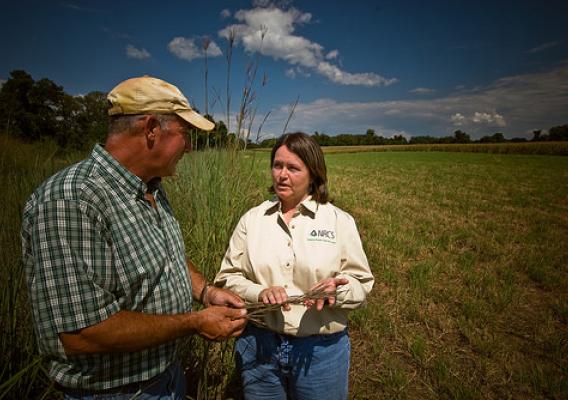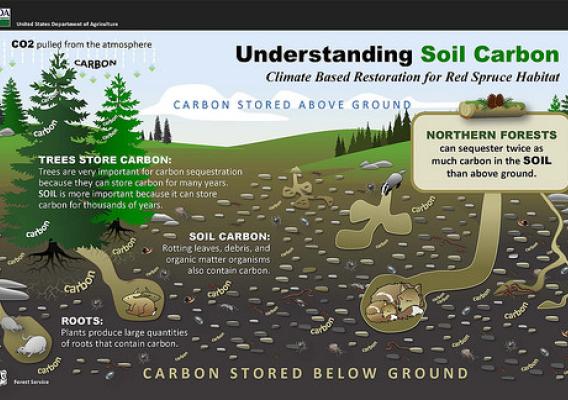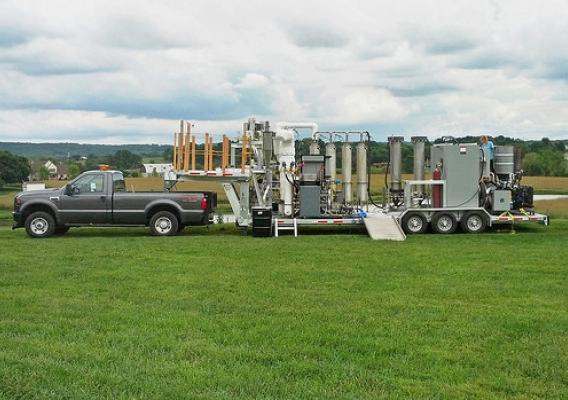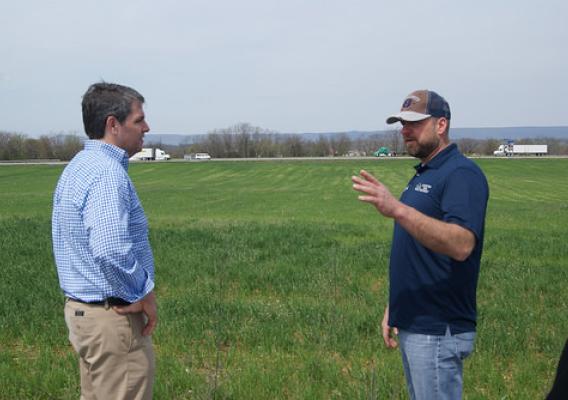Get excited—we sure are! Friday, May 6, is the opening of the 21st season of the USDA Farmers Market in Washington, D.C. This means USDA employees and others who work nearby, residents of the city’s Ward 2, and tourists visiting the National Mall can once again shop at the USDA Farmers Market at 12th Street and Independence Avenue, S.W., starting next Friday, May 6, at 9 a.m.
We’re thrilled to have more farmers and growers participating than ever before. Farmers and growers participating for the first time include Chocolates and Tomatoes Farm and Spiral Path Farm, both of which are certified organic farms that offer community supported agriculture (CSA) pick up; EcoFriendly Foods, which has packaged and ready-to-eat meat and poultry products from animals raised without steroids, antibiotics, and hormones; King Mushrooms, which offers fresh varieties of oyster, button, and other mushrooms; and Stonyman Gourmet Farmer, which has small-batch, handmade cheeses and farmhouse foods.

